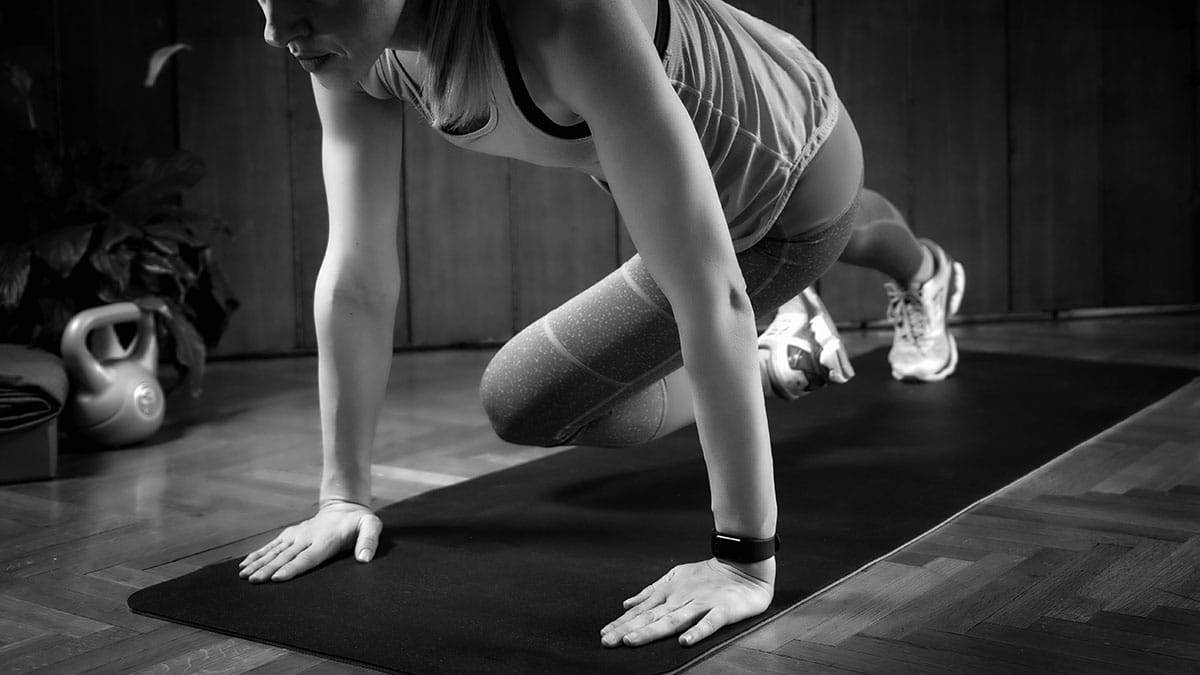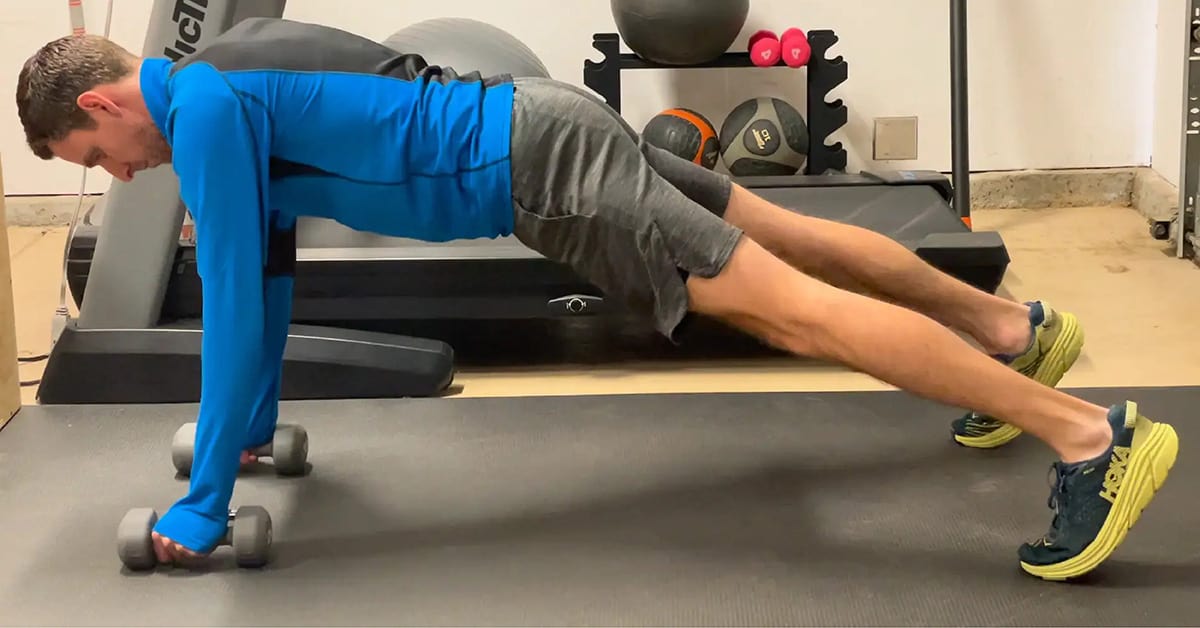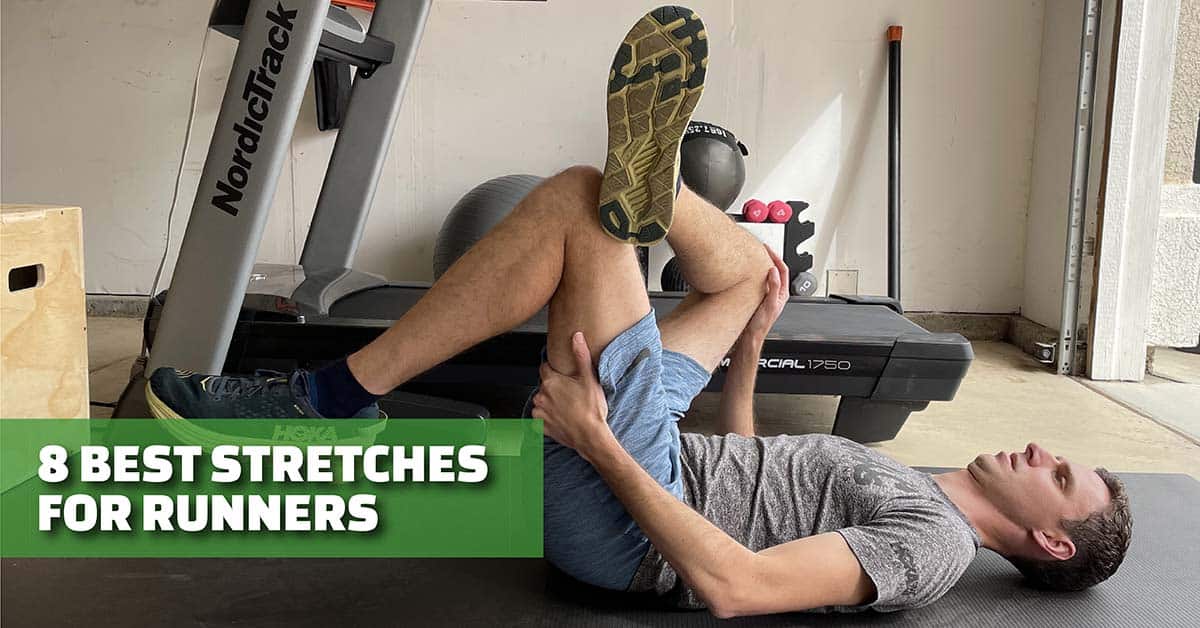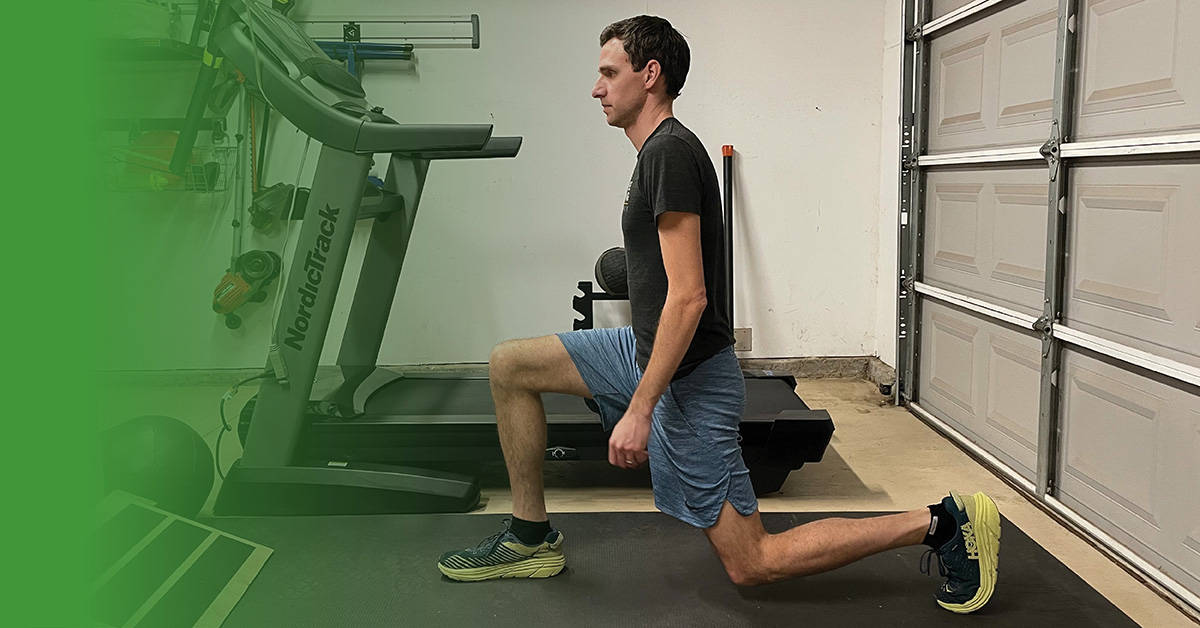HIIT OR LISS: Which is the right exercise approach for you?
With so many different types of exercise to choose from, it can be challenging to know which one is best for you and your goals. Do you conduct high-intensity interval training (HIIT) or participate in low-intensity steady-state cardio (LISS)? HITT or LISS? As you develop your exercise routine, you will discover that some of your goals are more achievable when you follow one approach or the other.
Let’s compare these two different fitness approaches to see which is most suitable for you as an effective fitness strategy.
What is HIIT?
HIIT stands for High-Intensity Interval Training. Two board training principles guide the performance of high-intensity interval training:
- Alternating between rest periods and short work.
- Performing exercises at or near an all-out effort.
Performing high-intensity interval training involves actively performing an exercise like running very fast for a short period of 10 to 30 seconds, then reducing your pace to a simple walk for another 30 seconds, and sprinting once again.
You may decide to alter the work to rest ratio to produce an even higher intensity workout session.
A typical example of HIIT training is a Tabata workout. For example, a Tabata training session may involve working in 20-second intervals of high-intensity exercise, followed by 10 seconds of rest.
Pros of the High-Intensity Interval Training (HIIT)
- It involves less workout time. According to research carried out by fitness experts, high-intensity interval training for 4 minutes is 10% more effective than carrying out the conventional long-distance workout routine.
- HIIT is more effective in burning calories. Apart from being useful as a cardio improvement exercise, HIIT also helps to burn calories. Research findings clearly show the effectiveness of HIIT in burning calories about 6-15% more than the use of a steady-state training routine. HIIT is said to trigger the Excess Post Oxygen Consumption (EPOC) effect. The EPOC effect means that your body works harder to be replenished after high-intensity interval training. This means that you may continue to burn calories hours after completing your workout for the day.
- HIIT helps to improve athletic performance.
- HIIT provides athletes with game-style conditioning. It is like being in the actual game itself, which may involve sudden bursts of energy followed by a period of rest.
Cons of High-Intensity Interval Training
- HIIT workouts require a lot of hard work. Even though you’re only sprinting for up to 30 seconds, it is a lot of hard work. However, it is necessary for athletes who need such strenuous forms of exercise to perform at their best. Many people may not enjoy doing such hard work while training, and it may not be suitable for ordinary individuals who want to stay fit.
- It may be dangerous. HIIT provides many benefits, but it may be hazardous, especially for first-timers who may not be used to such a high work rate. A study found that some individuals may develop rhabdomyolysis (a muscle and kidney condition) accompanied by fever, vomiting, or nausea when completing strenuous high-intensity workouts.
- It requires more time for recovery and may cause hormonal issues. Over-stressing your body may adversely affect your joints, muscles, and heart. For this reason, HIIT training requires a longer time for your body to recover fully. HIIT may also cause hormonal imbalance. You may experience high production of testosterone, epinephrine, cortisol, etc.
What is LISS?
LISS refers to a low-intensity steady state. It involves carrying out aerobic activities for an extended time (usually a minimum of 30 minutes), such as long-distance running, swimming, walking, or cycling. In these forms of exercise, your heart rate is slightly elevated. The goal of LISS training is to find a steady-state pace that you can sustain for a long time, increasing your aerobic capacity over time.
Pros of Low-intensity steady-state
- LISS produces positive results. You may not need to move very quickly before you burn calories. Your distance covered plays a much more significant role in LISS than your overall speed.
- It is very safe. LISS is slow, which makes it easier to control your body movements than HIIT which often involves sprinting or jumping. You have less risk of injury, unlike HIIT, where you may pull a hamstring or develop any other form of damage due to its faster pace.
- LISS requires less recovery time. The simplicity of the low-intensity steady-state exercise places less stress on your joints, muscles, and heart, which results in a quicker recovery time between training sessions.
- You can do LISS anywhere. LISS is known as the ultimate convenience exercise. You do not have to be in the gym to participate in any LISS exercise.
Cons of LISS
We have mentioned many reasons why LISS is the perfect exercise for you, but what are the drawbacks of low-intensity steady-state activities?
- Too much LISS training may lead to a plateau. People tend to stick to a particular exercise routine and wonder why there are no significant changes in their fitness levels or body image. LISS may cause you not to challenge your body in ways that could lead to changes in your fitness and appearance.
- It does not produce EPOC. After a strenuous exercise, your body produces an excess post-oxygen consumption effect, which ensures that your body continues to burn calories hours after your workout. This is referred to as the after-burn effect. In the case of LISS, the body does not produce EPOC due to the low intensity of the exercise routine.
- It does not improve athletic performance. LISS may not be suitable for athletes seeking to improve their sporting performance. It may help you recover from a hard training session, but it does not provide the required speed, stamina, resilience, or other skills needed to improve athletic performance.
- Your metabolism may reduce over the long term. Every ounce of muscle added may seem to have a metabolic effect on your body. LISS is not suitable for building muscles. Instead, constant LISS exercise alone may cause your muscles to deteriorate, which may have an impact on your metabolism.
Which training routine is suitable for you now that you know the difference between high-intensity interval training (HIIT) and low-intensity steady state (LISS)? Your preference is dependent on the results you are after. Most runners will find it beneficial to alternate between both exercise routines throughout their training plan. As you approach important races on your schedule, you may utilize one method more than the other to best prepare for the event. Likewise, after a big endurance event, you may need to spend more time with low-intensity steady-state exercises to allow your body time to recover fully.
A Training Plan that Works for You.
Our collection of running plans will help you train year-round. From 5k to a 100-mile ultramarathon, we have a training plan built for your experience level and goals. Every plan is delivered via Final Surge, allowing you to sync workouts across devices, receive daily reminders of workouts and activities, and analyze workout and target zone details. Get started today with a training plan built for you, view our running plans here.









